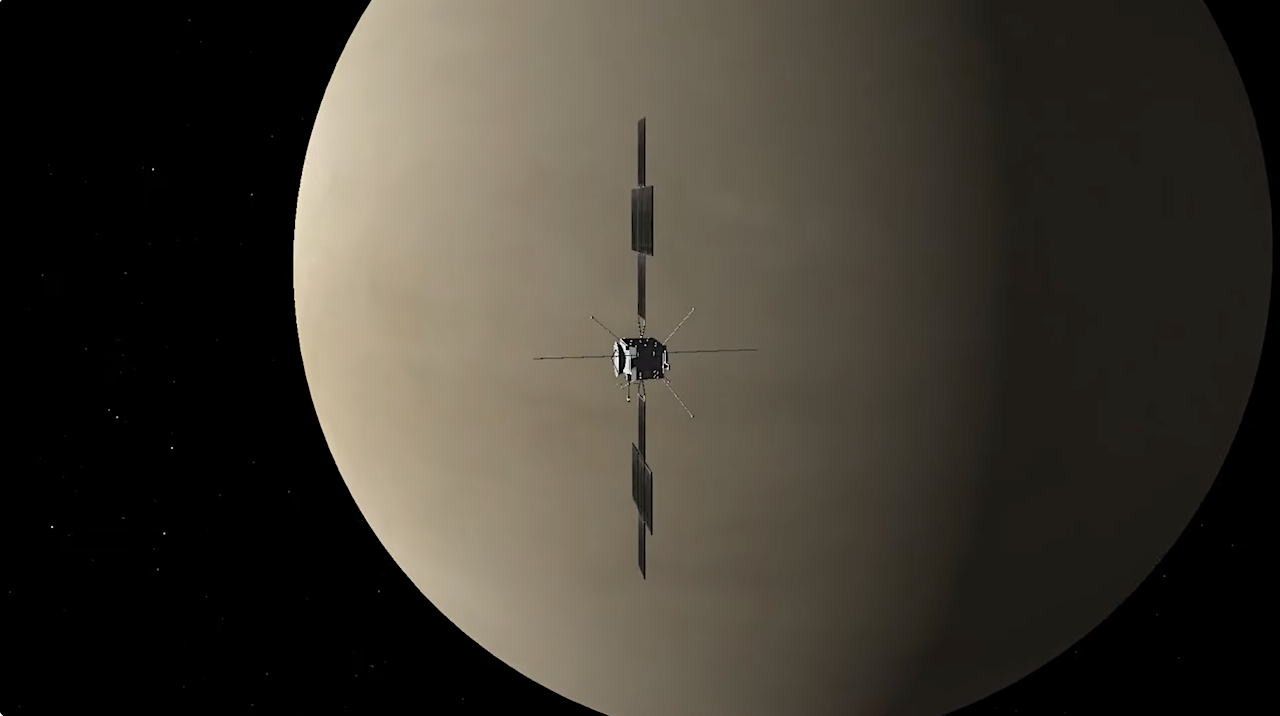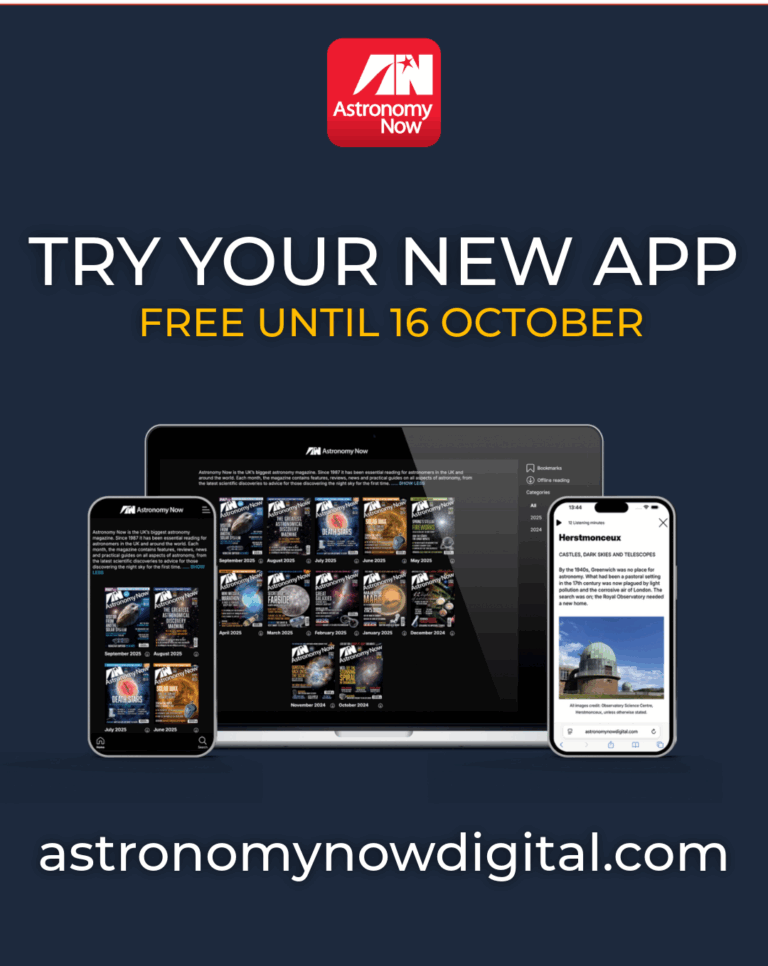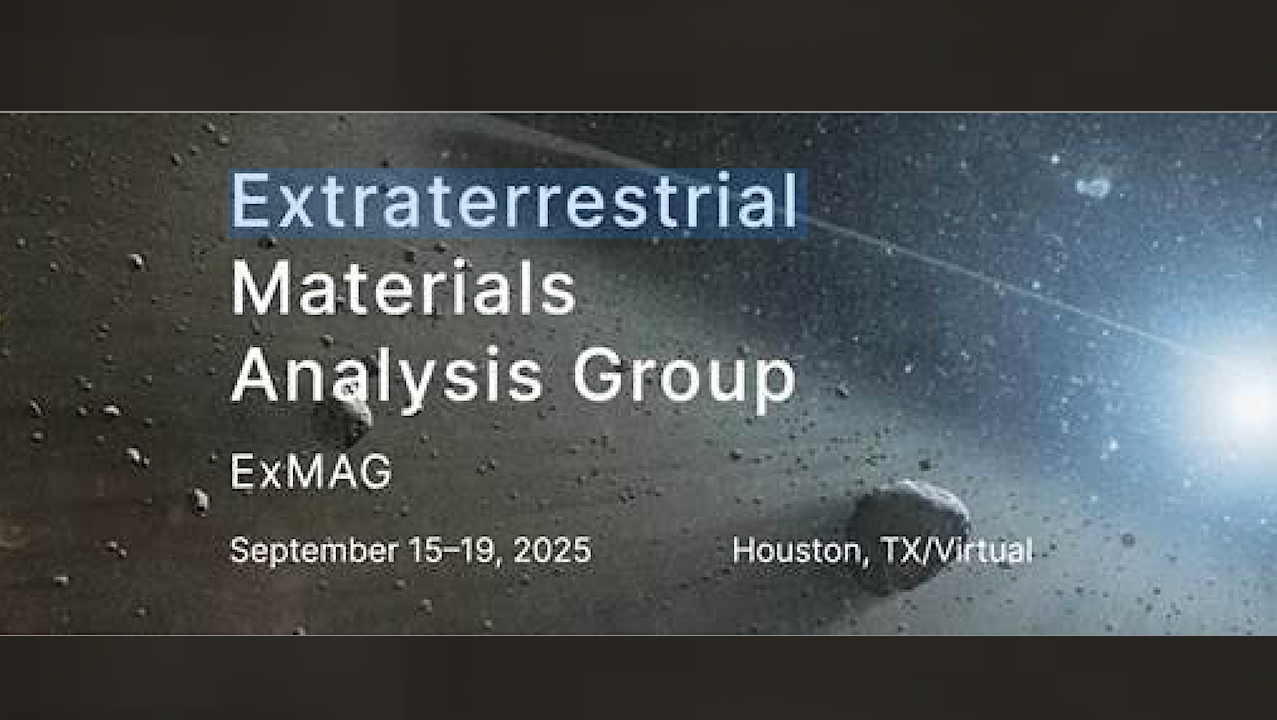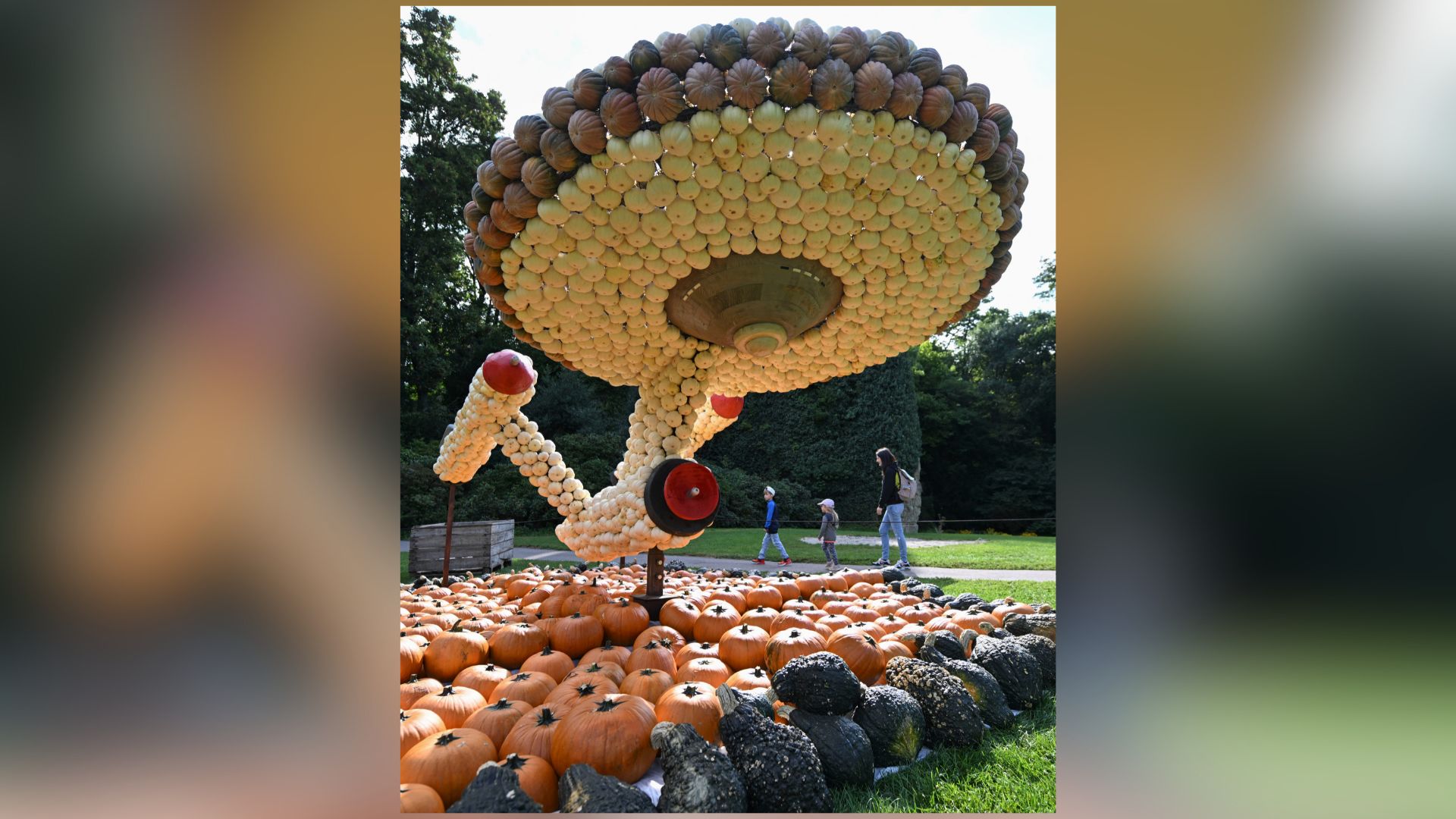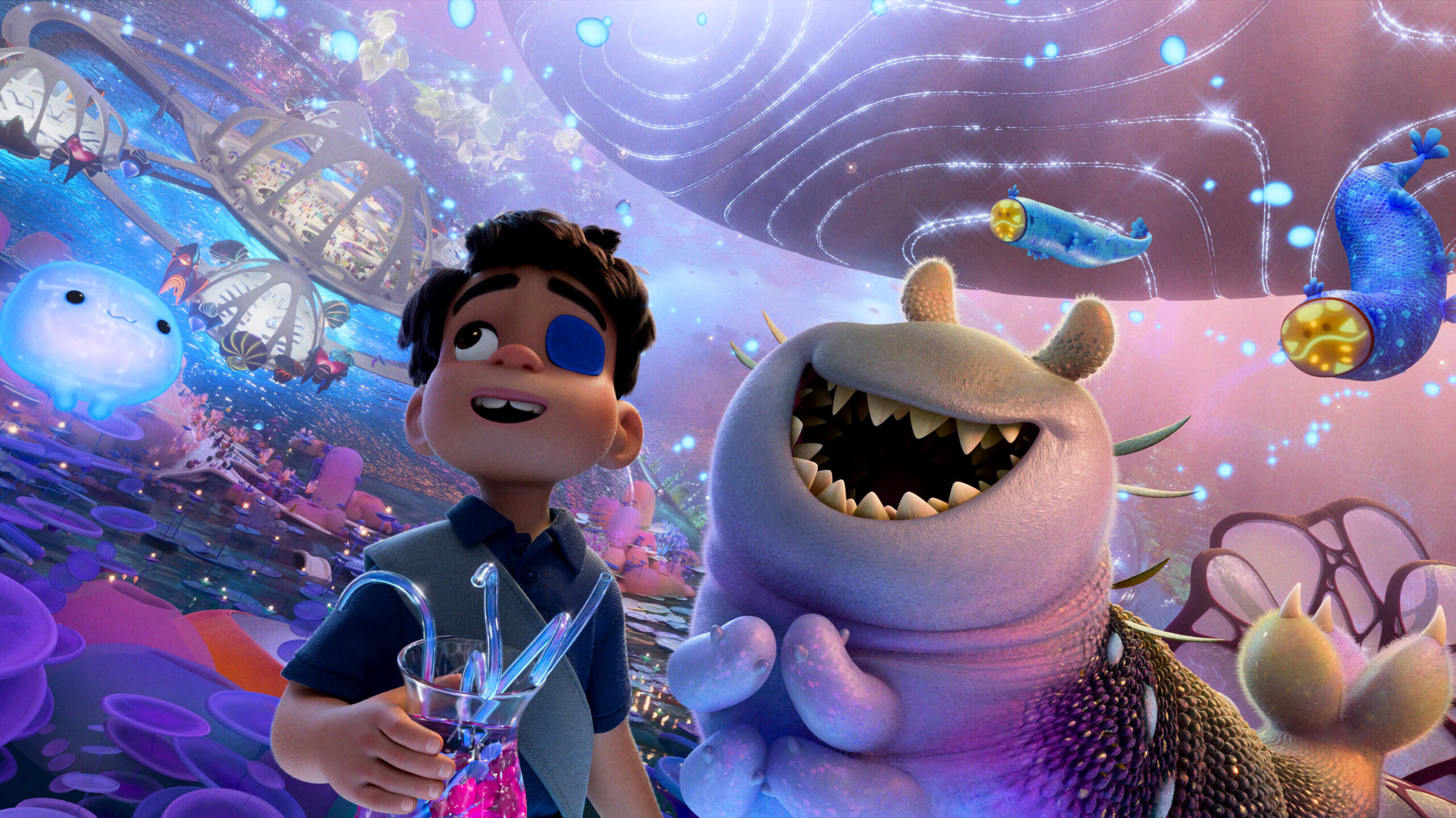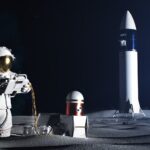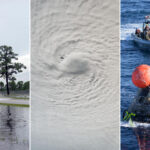Researchers hope to use neutrinos to find the sources of cosmic radiation. New algorithms out of Bochum are aiding in the search, and have also eliminated a few candidates.
Hot Posts537- Page
A research team has used both archival Hubble Space Telescope data and new observations to precisely measure the binary star system NGC3603-A1. One star weighs about 93 times the mass
Some hypersaline environments in Latin America. A-B. Salt crust and the famous mirage in the Salar de Uyuni, Bolivia. Source: Photos taken by Nicole Jimeno. C-D. Salt formation in the
Juice flyby of Venus — ESA The European Space Agency’s Jupiter Icy Moons Explorer (Juice) is on track for its gravity-assist flyby at Venus on 31 August, following the successful
by Astronomy Now Editor, Stuart Clark We are pleased to announce that our new Astronomy Now app is live! Since taking ownership of the magazine in July, creating an enhanced
Extraterrestrial Materials Analysis Group (ExMAG) The Extraterrestrial Materials Analysis Group (ExMAG) meeting is scheduled for September 15–19, 2025, at the Lunar and Planetary Institute (LPI) in Houston, Texas. The Second ExMAG/MEPAG Joint
Every autumn, Ludwigsburg Castle in Germany transforms its grounds to host the world’s largest pumpkin exhibition. Every year brings its own theme. For 2025, the focus was “Big Movies,” which
“Elio,” Disney and Pixar’s family-certified outer space adventure that launched in theaters this past summer arrived on all digital platforms back on Aug. 19, 2025, and now it’s primed to
Pictures are the key to new insights in the field of astrophysics. Such images include simulations of cosmic events, which astrophysicists at UZH use to investigate how stars, planets and
AbSciCon 2026 Astrobiology Science Conference 2026Madison, WI | May 17-22, 2026 The Astrobiology Science Conference (AbSciCon) brings the astrobiology community together every two years to share research, collaborate, and plan
-
 012024 in Review: Highlights from NASA in Silicon Valley
012024 in Review: Highlights from NASA in Silicon Valley -
 02Panasonic Leica Summilux DG 15mm f/1.7 ASPH review
02Panasonic Leica Summilux DG 15mm f/1.7 ASPH review -
 03How New NASA, India Earth Satellite NISAR Will See Earth
03How New NASA, India Earth Satellite NISAR Will See Earth -
 04And Thus Begins A New Year For Life On Earth
04And Thus Begins A New Year For Life On Earth -
 05Astronomy Activation Ambassadors: A New Era
05Astronomy Activation Ambassadors: A New Era -
06SpaceX launch surge helps set new global launch record in 2024
-
 07Space Force plans new ‘Futures Command’ amid pressure to speed up modernization
07Space Force plans new ‘Futures Command’ amid pressure to speed up modernization



